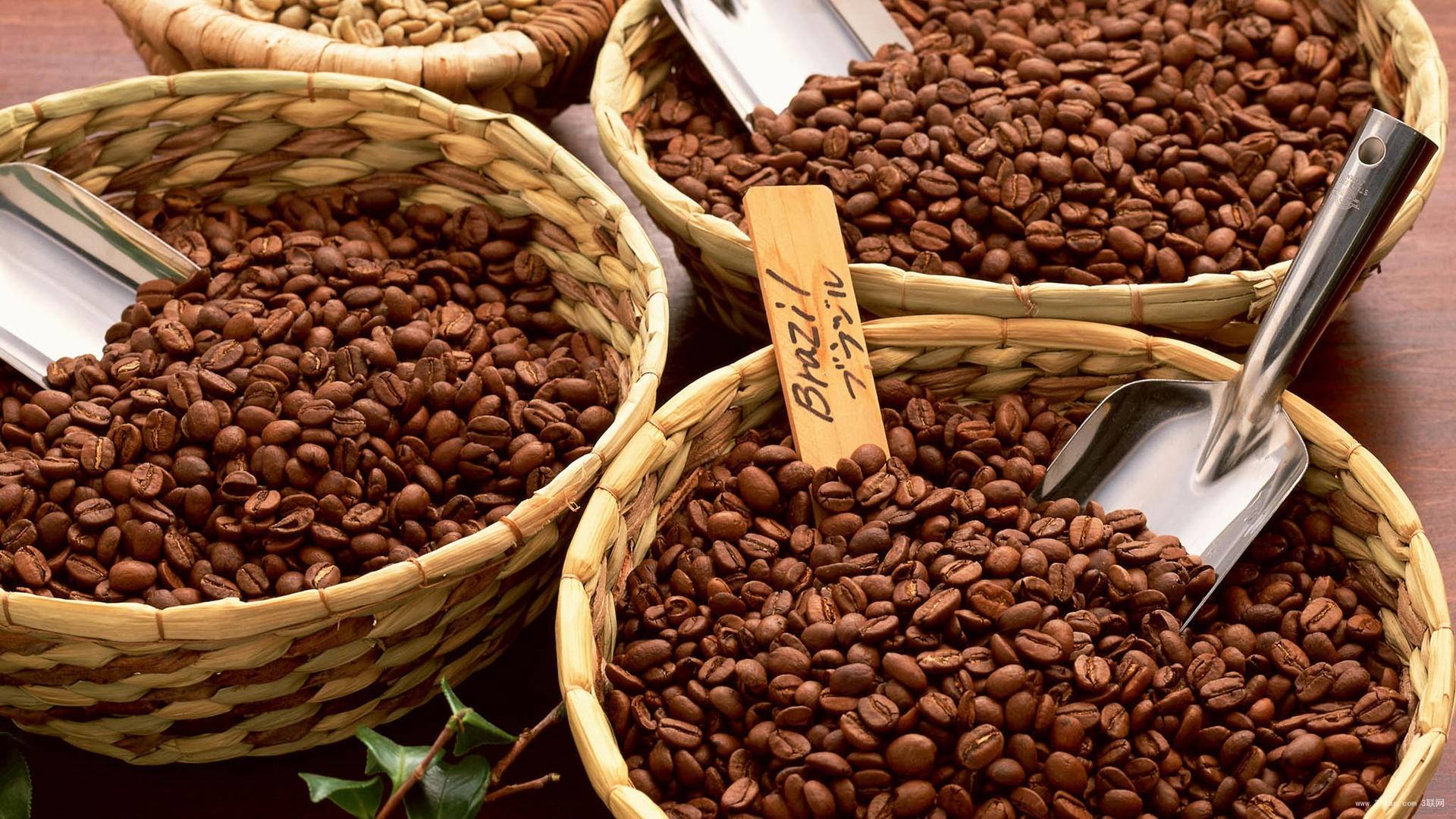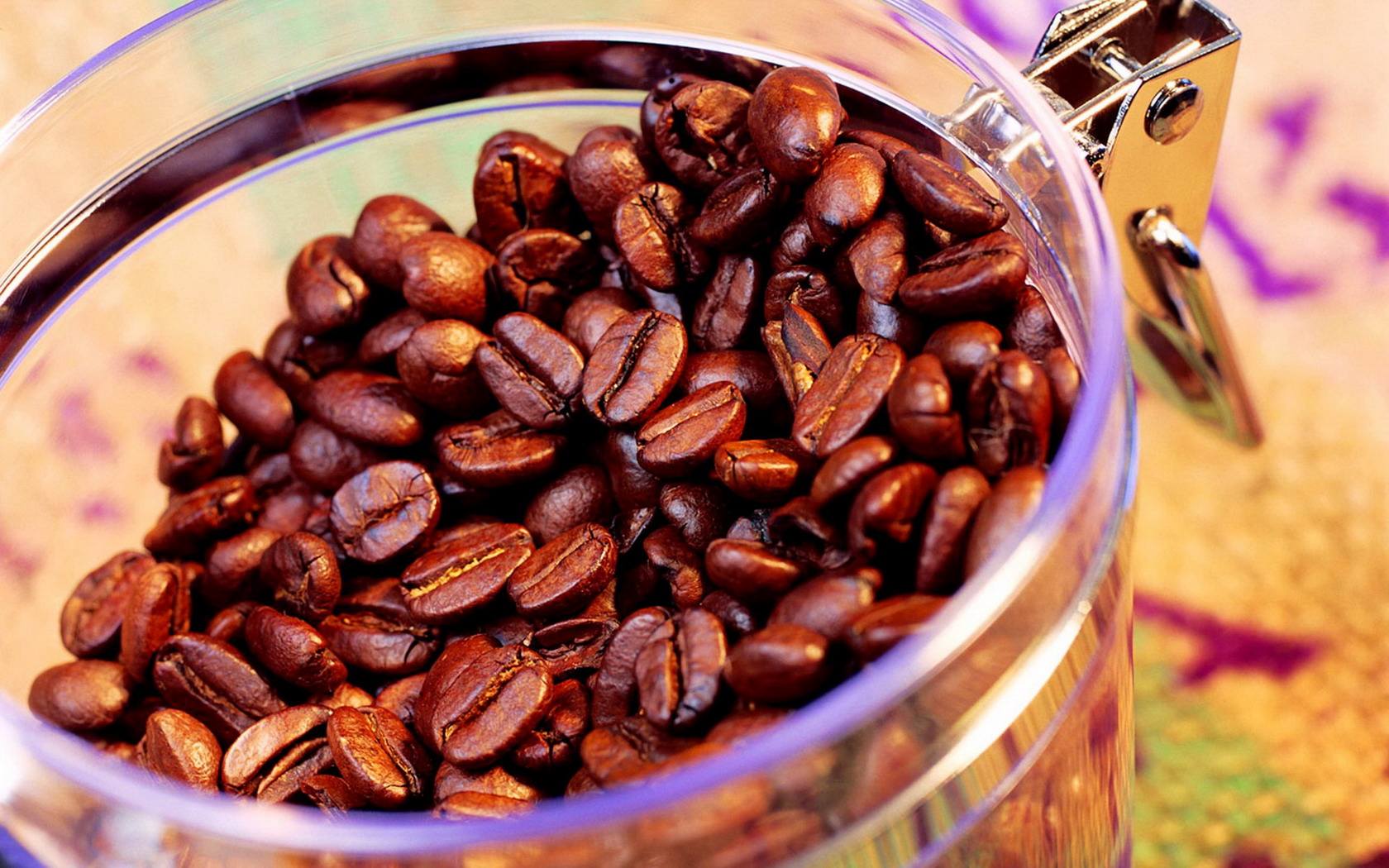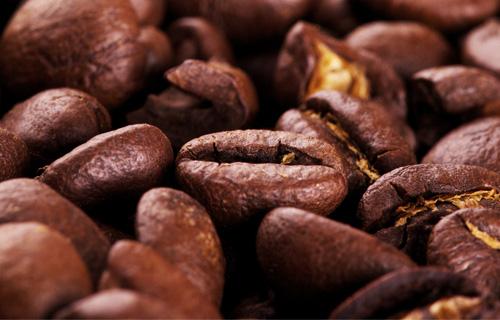Costa Rican coffee production, Costa Rican coffee taste
Follow the caf é (Wechat official account vdailycom) and found that Beautiful Cafe opened a small shop of its own.
Tarrazu in Costa Rica is one of the major coffee producing areas in the world. The coffee produced is light and pure in flavor and pleasant in aroma. Costa Rica, with its fertile volcanic soil and good drainage, is the first country in Central America to grow coffee and bananas for commercial value. Coffee and bananas are the country's main exports. Coffee was introduced into Costa Rica from Cuba in 1729. Today, its coffee industry is one of the well-organized industries in the world, with a yield of 1700 kg per hectare. Costa Rica, with a population of only 3.5 million, has 400 million coffee trees, and coffee exports account for 25 per cent of the country's total exports. Costa Rica has also benefited from the establishment of the Central American Institute for Agricultural Research (TurrialbaoftheCentralAmericanAgriculturalResearchInstitute, referred to as IAAC) in Tarasu, which is an important international research centre.

High-quality Costa Rican coffee is called "extra hard beans". This kind of coffee can grow above 1500 meters above sea level. Altitude has always been a problem for coffee growers. The higher the altitude, the better the coffee beans, not only because the higher altitude can increase the acidity of the coffee beans and thus increase the flavor, but also because the night temperature at the higher altitude is lower, which can make the trees grow slowly, thus making the coffee beans have a stronger flavor. In addition, due to the high altitude drop caused by sufficient rainfall, is also very beneficial to the growth of coffee trees. However, while there are many advantages to growing coffee at higher elevations, the resulting additional transport costs must be taken into account, which is likely to make coffee production unprofitable. The coffee industry in Costa Rica has adopted new technologies to increase efficiency, including the use of "electric eyes" to select beans and identify coffee beans of irregular size.
In Costa Rica, people unload coffee fruits from ox carts
Tarasu, located in the south of the country's capital, SanJos é, is one of the country's most valued coffee growers. LaMinitaTarrazu coffee is a famous local product, but its production is limited, about 72600 kilograms a year. It is grown on a piece of land called LaMinita, which is owned by nearly three generations of the McAlpine family in the UK. In fact, this land can produce more than 450 tons of coffee a year. But Tarasu Latin America coffee is grown without artificial fertilizers or insecticides, and its harvesting and selection are done by hand, in order to avoid some damage to coffee beans caused by air spray selection.
Other coffees worth mentioning are JuanVinas,PR, H.Tournon, Windmill,SHB, Montebello and SsntaRosa. Fine coffee is generally grown in Geredia and the central canyon. Another striking type of coffee is Sarchi (one of the five towns that represent Costa Rica's Coffee Road), which grows on the slopes of the PoasVolcano volcano, 53km from San Jose. Saatchi, founded in 1949, has a land area of 30770 hectares and grows sugar cane and coffee. The area is also famous for its handicrafts, attracting tourists from all over the world.
The customs and etiquette of Stariga
The Republic of Costa Rica (The Republic of Costa rica), referred to as Costa Rica, is located in Central America and faces the Caribbean Sea to the east. It covers an area of 51000 square kilometers with a population of 2.7 million. Catholicism is the national religion, and Catholics account for 90.5% of the country's population. Spanish is the official language. The capital St. Joseph (San Joes). Currency Kobe Costa Rican Colon.
The country mainly exports coffee, cocoa and agricultural products. Industry is more developed in Central American countries, mainly light industry. The per capita output value is more than 1020 US dollars, the main export commodities are coffee, cocoa, bananas, raw sugar, imported primary products, burning rice oil, machinery and equipment. Mining gold, silver and salt mines.
I. Customs and people's feelings
Costa Ricans, the average family's daily diet is mainly corn, beans, rice, bananas, etc., and boil with bananas and pumpkins on Sundays
broth. The more common fruits are all kinds of palm fruits and palm tree hearts. The most common drinks are coffee, rum boiled with coarse sugar, sugar wine and so on. Most black residents eat orchids, cassava and several locally grown stem foods. Indians basically eat corn and bananas and rarely eat fish and meat. In Costa Rica, coffee and bananas are abundant. Its exports account for half of the total exports. And these two kinds of things have become indispensable drinks and food in their daily life. To be a guest at the home of the local people. They are usually served with snacks or drinks. The guest should not refuse, or it will embarrass the host.
II. Business etiquette
In Costa Rica, men meet. Generally give a handshake, a special relationship, and a hug. When the man saw the more familiar woman, some kissed her right hand and some kissed her face. When dealing with people you meet for the first time, you can't laugh or ask about the age and race of the other person. When addressing each other, you can add Mr. or Ms. after your name. Costa Ricans treat people with enthusiasm and sincerity and hate tricks, so they always speak and behave from the bottom of their heart. They have delicate feelings. Here, people cherish and love animals and plants very much. People like to appreciate flowers in full bloom and will never trample on them. Under normal circumstances, men do not pay attention to decoration, not slovenly. Most of them wear shirts and black or dark trousers under them. Women attach great importance to decoration and dress up in style. Usually like to wear topless skirt or tights. A long colored shawl called Rebono over the shoulder.
III. Taboo customs
The oldest inhabitants of the land, the Indians, still follow ancient customs in many ways. They do not easily deal with outsiders and generally do not take the initiative to tell their names to newcomers. Catholicism is the national religion of Costa Rica, and 95% of the people believe in Catholicism. When I'm with them. The best conversation material is their natural environment and so on.
1. Address: Costa Ricans are frank and simple, optimistic, kind, humble, trustworthy, hospitable. Costa Ricans are very friendly to foreign guests, no matter on any occasion, they will take the initiative to say hello, warm greetings, shake hands. Costa Ricans attach great importance to proper appellation. On social occasions, adult men are generally called sir, married women are called wives or wives, and unmarried young men and women are called young masters and young ladies respectively. Like other American countries, Costa Ricans like to be called their academic or professional titles and use them with the above titles, such as "Mr. Botu", "Mr. Master", "Mr. Director" and so on.
2. Invitation: Costa Ricans love to party and chat with their friends. They often invite their bosom friends home to drink coffee, eat fruits and sweets, and talk wildly. If it is a weekend, when they are interested, they will sing and dance until the next morning. They will not stop their first contact with foreign friends until the next morning, if the guests speak and behave politely. Familiar with the local customs and habits can speak a few words of the local national language, they will be regarded as old friends meet, appear particularly cordial and warm, will take the initiative to invite home guests. For the kind invitation of Costa Ricans, foreign guests should not be declined out of politeness or other considerations, which will cause displeasure to the host.
3. Invited: when invited to the home of a friend in Costa Rica, you should bring a bouquet of flowers, a box of cake, a bottle of good wine and other items to the host. When guests enter the door, the host should entertain them with drinks, alcohol, snacks, sweets, fruits and so on. Dinner is the dinner of Costa Ricans, they like to invite guests to their home for dinner, the formal meal time is usually after 10:00 in the evening. The main foods they entertain are rice, corn, beans, eggs, milk, vegetables, fruits and so on. Costa Rica is one of the first places in the world to grow corn, including corn dumplings, tortillas, cornballs, corn wine and so on.
4. Meeting and farewell: Costa Ricans are frank, friendly, humble, optimistic, polite and full of noble emotions. The common etiquette for them to meet is to shake hands, hug and kiss, as well as when they say goodbye. Bring some gifts, such as cakes and alcohol, when invited to dinner. When driving goodbye, you should first roll down the glass on the window, and then gently wave goodbye to the host.
5. Taboos: Costa Rica has the same taboos as Spain and other European and American countries. People generally taboo the numbers "13" and "5" and regard them as unlucky. People like "3" and "7" and think these two numbers are auspicious.
Important Notice :
前街咖啡 FrontStreet Coffee has moved to new addredd:
FrontStreet Coffee Address: 315,Donghua East Road,GuangZhou
Tel:020 38364473
- Prev

Costa Rican coffee producing area, Costa Rican coffee introduction
Following Caf é (official Wechat account vdailycom) found that the Cafe Beautiful opened a small shop of its own, coffee was introduced from Cuba to Costa Rica in 1729, and today its coffee industry is one of the well-organized industries in the world, producing 1700 kg per hectare. Costa Rica has a population of only 3.5 million, but there are as many as 400 million coffee trees, and coffee exports account for the majority of the country's coffee exports.
- Next

Guatemalan coffee producing areas, characteristics of Guatemalan coffee
Following Cafe Review (official Wechat account vdailycom) found that Guatemalan coffee has a strong aroma, even if you don't drink it. Even if you don't drink it, it's already a pleasure to smell it. Antigua coffee has a rich and velvety mellow, rich and lively aroma, and fine sour taste. When the seductive fragrance lingers on the tip of your tongue, it implies
Related
- Detailed explanation of Jadeite planting Land in Panamanian Jadeite Manor introduction to the grading system of Jadeite competitive bidding, Red bid, Green bid and Rose Summer
- Story of Coffee planting in Brenka region of Costa Rica Stonehenge Manor anaerobic heavy honey treatment of flavor mouth
- What's on the barrel of Blue Mountain Coffee beans?
- Can American coffee also pull flowers? How to use hot American style to pull out a good-looking pattern?
- Can you make a cold extract with coffee beans? What is the right proportion for cold-extracted coffee formula?
- Indonesian PWN Gold Mandrine Coffee Origin Features Flavor How to Chong? Mandolin coffee is American.
- A brief introduction to the flavor characteristics of Brazilian yellow bourbon coffee beans
- What is the effect of different water quality on the flavor of cold-extracted coffee? What kind of water is best for brewing coffee?
- Why do you think of Rose Summer whenever you mention Panamanian coffee?
- Introduction to the characteristics of authentic blue mountain coffee bean producing areas? What is the CIB Coffee Authority in Jamaica?

